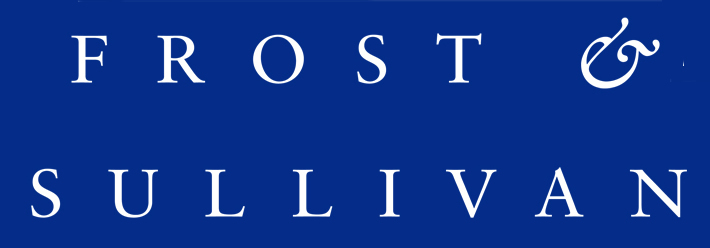The Unified Communications (UC) industry in 2015 will be nicely balanced; there will be new segments that will grow and old segments that will consolidate, said market research firm Frost & Sullivan. A few regional telephony vendors are expected to fold, or will be acquired by other vendors.
“We also expect service providers to form alliances or acquire companies, such as channel partners or small emerging solution vendors, to increase their reach and offering,” said Shailendra Soni, Industry Principal for ICT, Frost & Sullivan Asia Pacific.
Frost & Sullivan predicts that these will be the top UC trends that will shape the industry in 2015 and beyond.
- UC On-premises market to migrate to UCaaS – UC on-premises customers, especially large and very large enterprises, will migrate to UCaaS at a fast pace. The flexibility of deployment from on-premises to hybrid to cloud will put UCaaS solutions ahead of UC on-premises solutions.
- Third party vendors to play a pivotal role – As the UC industry is expected to move to the cloud, we expect third party vendors to provide solutions that will help to enable integration and enable growth for the UCaaS market.
- UC R&D investment to decline – UC investment on R&D is expected to decrease, forcing UC vendors to pick and choose specific segments within UC for R&D investment. This might also be the start of outsourcing R&D to 3rd parties to save on money.
- Mid-market is a new green field – Vendors will strengthen their GTM for the mid-market leading to higher growth in this segment. Vendors’ focus will move from just recruiting to recruiting and sustaining channel partners.
- Video conferencing will continue to move from the conference rooms to desks and from hardware powered to software solution. WebRTC will start to see growth in SMBs and the education sector.
- Google’s ‘Apps for Work’ and Microsoft’s ‘Skype for Business’ will further disrupt the UC market – We expect Microsoft to be more aggressive this year with Office 365 and Skype for Business and increase its penetration in large and mid-sized enterprises. Google’s ‘Apps for Work’ has entered enterprises in Asia Pacific, especially in the education sector and will break into mid-sized and small enterprises.
- Wearables will enter enterprises – Contact centres, BPOs and KPOs might start using smart watches to track their employee’s activity, push timeline notifications and meeting alerts as well as other push communications. Executives are expected to use wearables to stay on schedule as per their to-do list and keep track of time. Wearables are also expected to popularize the usage of “speech to text”.
- Communication will continue to drift from desk to away from the desk – Asia Pacific is catching up with the trend of working from remote locations, from home and while on transit. This trend is here to stay, and many more offices will migrate away from fixed desks to hot desks; as such the need for hard endpoints will reduce, giving way to softphones, UC clients and mobile clients. As a result of this, IP phones and digital phone sales will decline in near future.
- Headset Sales to go up – The UC clients, softphone and mobile clients will see accelerated adoption. In addition to this, growing acceptance of “Skype for Business” translates to a very good business proposition for the enterprise headset market. We expect market leaders such as Plantronics and Jabra to experience high growth for their enterprise headset products. Wireless headsets will have faster growth than wired as employee usage moves from one device to many devices.
- Resurge in Hosted Telephony market – Service providers will attack the hosted telephony market with new offerings and with new vigour, as telecommunications infrastructure across the Asia Pacific region is expected to continue improving in the future. Enterprises will adopt hosted telephony as a part of UCaaS solution or as a part of their future roadmap in UCaaS adoption.











